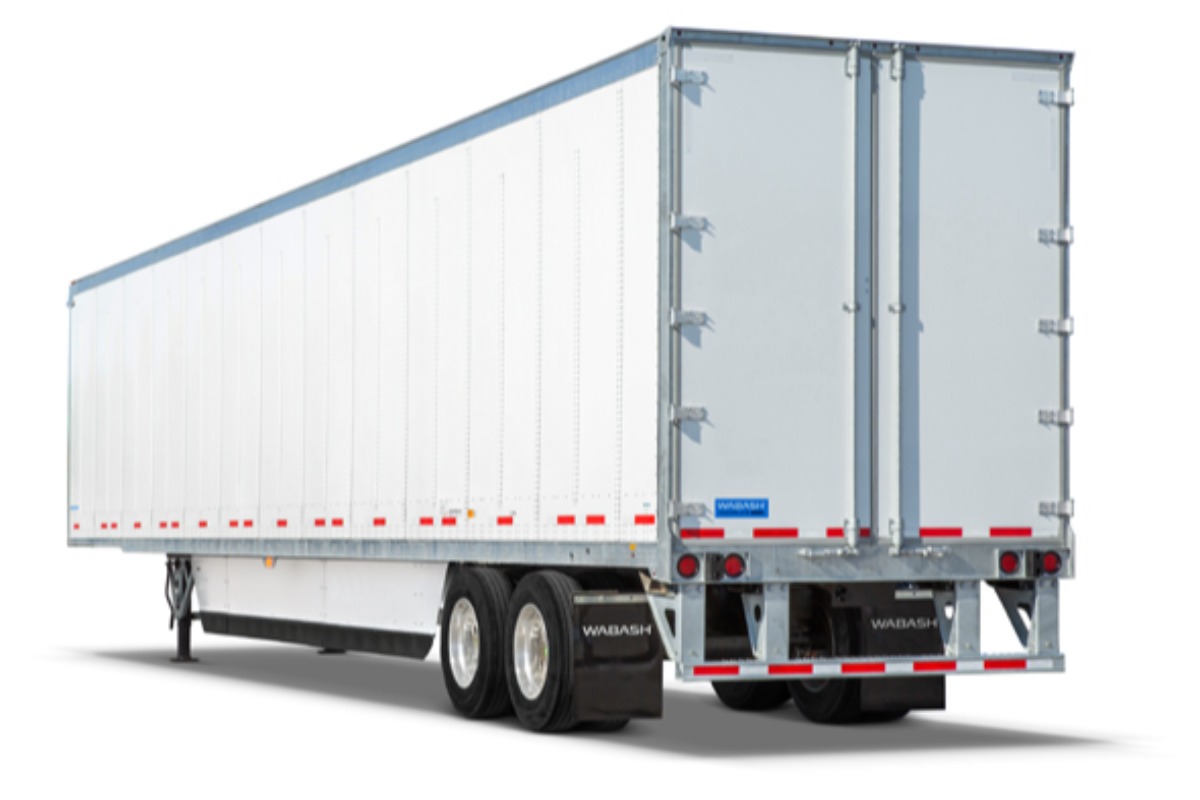
Dry Van
What is a dry van?
A dry van trailer is essentially a box on wheels. Not temperature controlled, it’s specifically designed to handle dry freight rather than temperature-sensitive freight or “wet” goods. It carries boxed items, palleted materials, and most retail dry goods such as cereal, household supplies, and other non-perishables.
Dry van trucks are easy to secure. The fully enclosed space protects freight from the sun, rain, snow, and other elements. Because dry vans can haul so many different kinds of loads, more jobs are available in various shipping lanes.
Dry van trucking is the most common form of freight transportation and is almost always in high demand. While flatbed trucks may earn slightly more per load, dry van shipping does pay well, especially in crunch times when there is a capacity shortage due to high demand.
Dry van shipping rates are usually determined by five specific things:
- Supply and demand
- Delivery distance
- Freight type
- Weight, density, and freight shipping rates
- Fuel costs
Advantages of Dry Van
The advantages of dry van freight shipping include:
Affordability
Dry van trucking is more affordable than other shipping methods since they are readily available and generally do not require additional service charges.
Versatility
Dry vans can be used for a variety of goods, including consumer packaged goods (CPG), clothing, electronics, furniture, and machinery. You can also ship non-perishable food items and just about anything that will fit and doesn’t require temperature control.
Efficient
You can consolidate a variety of goods and materials into a single shipment, avoiding redundancy.
Fully enclosed
Unlike flatbeds and other trailers, dry vans trucks make it easy to secure goods and protect them from outside elements, damage, and theft. Your shipment remains locked tight inside until it reaches its destination.
Drop and hook options
Drop and hook options lets you drop an empty trailer and picking up a full one speeds up turnaround times and prevents wasted time at either end of your runs.
The disadvantages of dry van shipping include:
Capacity
There may be less capacity due to height, length, and weight constraints, especially in peak seasons. For example, if you need to ship significant volume during the holiday season. Advance planning will help assure the capacity is there to meet your demand.
Limited environmental control
There is less control over the environment inside the dry van. Bad weather will influence internal temperature control. If your freight requires temperature control, you are better off shipping with a reefer.
Flooring
Wooden flooring is more susceptible to damage from heavy items, those with some moisture (like produce), or weather at pick-up or drop-off points.
